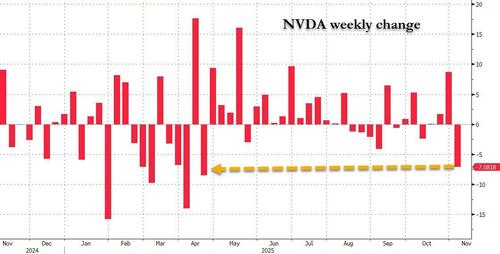That’s an SIP. For a sceptic like me.
If you thought that was jarring, here’s another: SIPs are great tools for saving money. Not necessarily for investing.
Those of you who heard my podcast on asset allocation would be familiar with my big issue with SIPs. I think given the environment this needs to be revisited today. Additionally, we need to lay out a clear framework for when to stop your SIPs. I did deal with some of this in an earlier edition of Contramoney.
Here’s a quick recap.
First, SIPs instil a savings discipline. Nothing beats them at that.
Second, SIPs direct your savings to an investment. If the investment idea you have chosen is poor and/or not in sync with your asset allocation, it’s not going to work out for you.
Third, the worst thing about SIPs is that because you are investing automatically and over a long period of time, you will only realise with a long lag if you had been investing in the wrong investment idea all along. The opportunity cost of such a mistake could be quite big.
Finally, because the outcome is deferred to a future date, your adviser or distributor—who is driven by factors other than solely your interest, or due to incompetence—can effectively get away with poor advice (for you) for a long time.
For these various reasons, SIPs, though great, many a times end up being poor investment avenues.
Why revisit today?
Well, since the last time I wrote on this topic in any depth, there has been some change. But in my view it’s still not enough. Take a look at this:

View Full Image
Racy funds, as you may recollect, we define as an aggregate of small, mid and thematic schemes. (Note: since we do not have a breakup of SIPs vs lumpsum, I assume they are in sync.)
And as you can see, since we last wrote about this, there has been a marked decline in the amount of money being invested in racy funds. This is good news. Also, monies flowing into flexicaps and large cap funds in general have improved over this period. This too is good.
Having said that, the largest chunk of money is still flowing into racy funds.
Typically, and I am generalising here, an investor should have no more than 10% to 20% of their portfolio in such higher risk segments of the market. So an incremental 46.5% allocation is a bit much.
This brings me to the question we are asking today: now that the markets are at all-time highs is it the right time to stop your SIPs?
You understand that in this column all we can do is share general opinions, and our experience. For any specific advice you will still need to talk to your adviser.
Now having said that, this could be broadly the framework you can follow to stop your SIPs:
First, if you are over allocated to equities, then it does not matter where the markets are headed. Stop your SIPs.
In case you are fine when it comes to overall allocation to equities, but then are overallocated to racy funds within that (the data suggests this is true), well, stop those SIPs.
Stay loyal to your asset allocation. Where does this money go? If you have headroom in your equity allocation, opt for a diversified equity fund (flexicap/focused) instead.
Second, this maybe a great time to review whether your money is with the right fund management team. As the saying goes, a rising tide lifts all boats, but when the tide runs out is when you can differentiate the men from the boys. You need to get on with this exercise right now and be sure you are with the right team. Without focusing too much on historical returns. If not, stop the SIPs into such funds.
Now, the question that arises is should you only stop, or should you also shift the accumulated money to the other scheme you have identified. This is tough to say as several factors play a role. Assuming you will need to pay tax when you switch, maybe check whether tax-loss harvesting could remove this hurdle from the decision-making process.
The above two points, though obvious to readers of Contramoney, are tough to pull off in a raging bull market. You have to deal with all kinds of things—greed, bias, FOMO, and what not. But the payoff could be potentially very rewarding (either in terms of long-term gains or lower drawdowns, or both!). So get on with it.
Here’s a bonus tip for your SIP allocation:
If your SIPs are going into “regular” plans of mutual funds, stop them! Instead, have SIPs in “direct” plans, which tend to have lower expense ratios. A lower expense ratio means higher returns for you. Over a decade, this is going to make a huge difference to overall returns.
So that is my simple framework. Perhaps too simple. But I hope thought-provoking enough.
I believe if you follow this, you would be well set as far as your mutual fund portfolio is concerned. More importantly, it will help you navigate a raging bull market. When that bump comes down the line, and it will, you need to be ready for it.
Go on, stop unwanted SIPs now.
Rahul Goel is the former CEO of Equitymaster. You can tweet him @rahulgoel477.
You should always consult your personal investment advisor/wealth manager before making any decisions.















